Lake Landscape Photography: Your Best Guide in 2025
Lake landscape photography is a wonderful way to capture the natural beauty and tranquility of lakes. Whether you are an amateur or a professional photographer, some many tips and techniques can help you take stunning lake landscape photos. This guide will provide you with all the information you need to master lake landscape photography in 2024. Lake landscape photography is not just about pointing your camera at the lake and clicking the shutter. It involves understanding the light, composition, and the best times to shoot. In this guide, we will explore various aspects of lake landscape photography, helping you create breathtaking images that stand out.
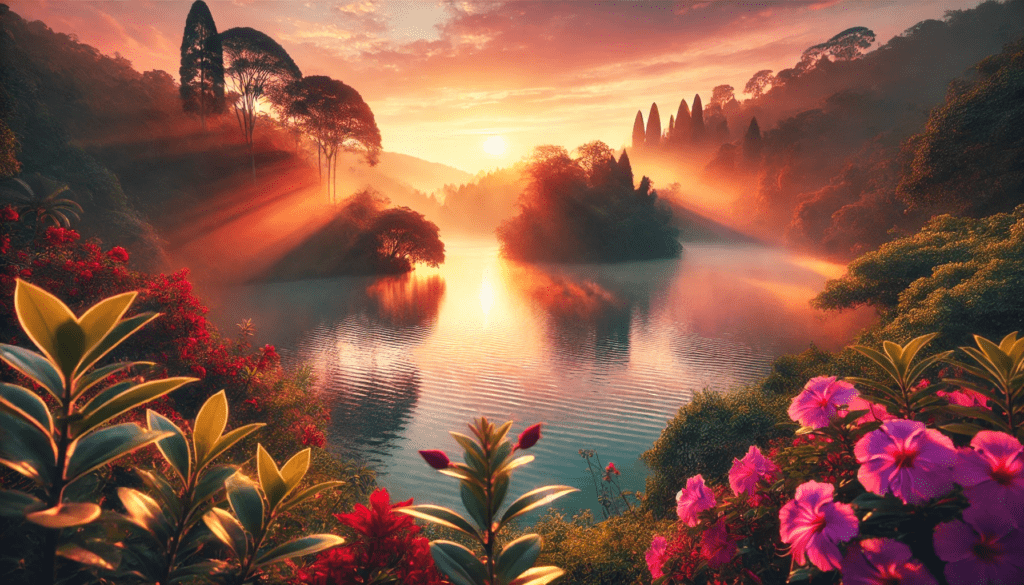
Planning Your Lake Landscape Photography
Choosing the Right Time of Day
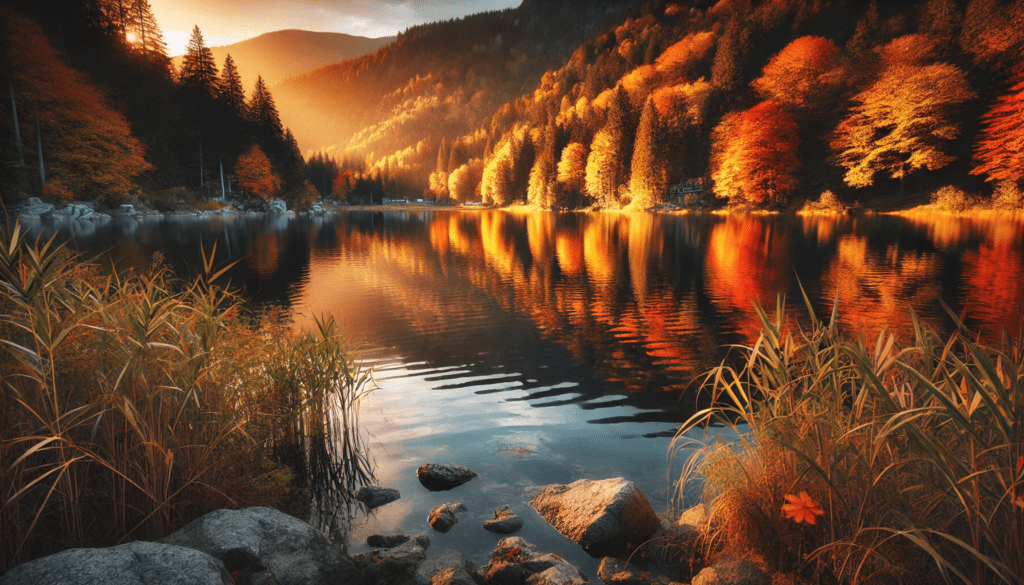
The time of day plays a crucial role in lake landscape photography. Early morning and late afternoon are often the best times to shoot because the light is softer and more flattering. The golden hour, which occurs shortly after sunrise and before sunset, provides warm, diffused light that can enhance the beauty of your photos. Lake landscape photography benefits greatly from the warm tones and long shadows during these times.
Understanding the Weather
Weather conditions can significantly impact your lake landscape photography. Clear skies can create a serene and calm atmosphere, while cloudy or stormy skies can add drama and mood to your shots. Checking the weather forecast before heading out is essential to prepare for the conditions you’ll encounter. Lake landscape photography in different weather conditions can produce a variety of moods and effects.
Finding the Perfect Location
Researching and scouting locations is key to successful lake landscape photography. Look for lakes that offer unique features such as reflections, interesting shorelines, or surrounding landscapes. Visiting the location beforehand can help you plan your shots and find the best angles. The beauty of lake landscape photography lies in capturing the essence of a place through careful observation and planning.
Seasonal Considerations
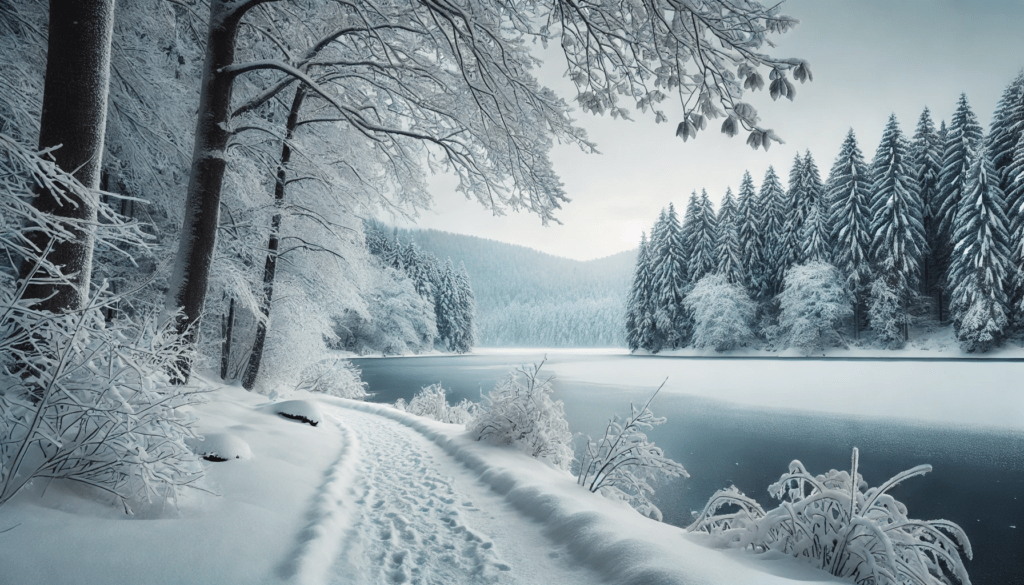
Different seasons offer unique opportunities for lake landscape photography. In spring, you can capture blooming flowers and fresh greenery. Summer provides vibrant colors and lively scenes. Autumn brings stunning foliage and reflections, while winter offers serene snow-covered landscapes. Understanding these seasonal changes can help you plan your shoots effectively. Lake landscape photography in various seasons can reveal the diverse beauty of the same location.
Essential Equipment for Lake Landscape Photography
Camera and Lenses
A good DSLR or mirrorless camera with manual settings is ideal for lake landscape photography. A wide-angle lens is often preferred for capturing expansive scenes, while a telephoto lens can be useful for isolating specific elements or creating compression effects. For instance, using a wide-angle lens in lake landscape photography can help you include more of the sky and the lake, enhancing the sense of space and depth.
Tripod
A sturdy tripod is essential for lake landscape photography, especially when shooting in low light or using long exposures. It helps keep your camera steady and allows for more precise composition. A tripod is particularly useful for capturing reflections and smooth water effects in lake landscape photography.
Filters
Using filters can enhance your lake landscape photos. A polarizing filter can reduce glare and reflections on the water, while a neutral density filter allows for longer exposures, creating smooth water effects. Filters are valuable tools in lake landscape photography for controlling light and enhancing colors.
Other Accessories
Carrying extra batteries, memory cards, and a lens cleaning kit is always a good idea. A remote shutter release can also be useful for minimizing camera shake during long exposures. These accessories ensure that you are prepared for any situation in lake landscape photography.
Composition Tips for Lake Landscape Photography
Rule of Thirds
The rule of thirds is a fundamental composition technique that involves dividing your frame into a 3×3 grid and placing key elements along the lines or at the intersections. This can help create balanced and visually appealing photos. Applying the rule of thirds in lake landscape photography can make your images more dynamic and interesting.
Leading Lines
Incorporating leading lines in your lake landscape photos can draw the viewer’s eye into the scene. Shorelines, pathways, or reflections can serve as natural leading lines that guide the viewer’s gaze. Leading lines in lake landscape photography can create a sense of depth and perspective.
Reflections
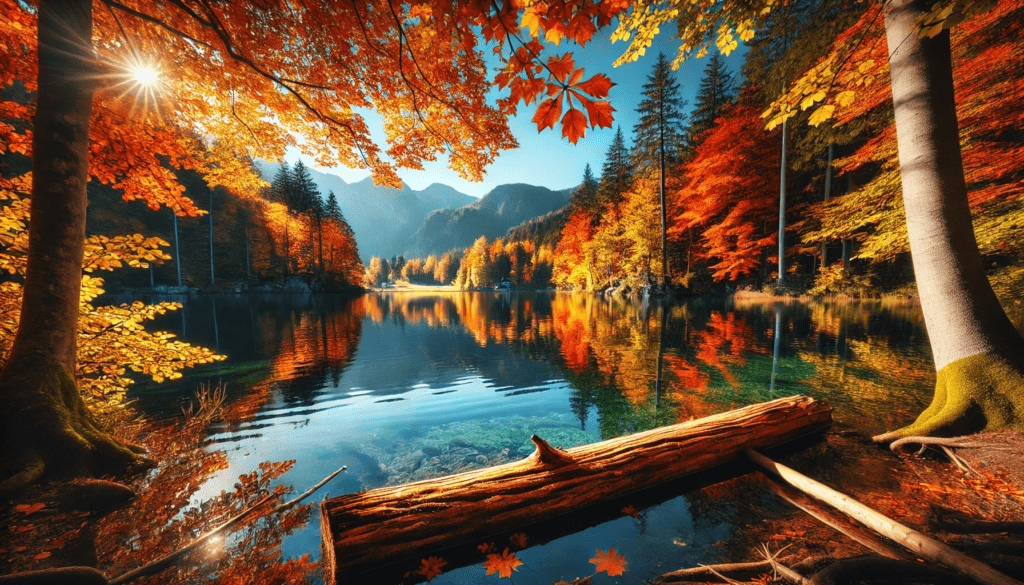
Reflections can add depth and interest to your lake landscape photos. Look for calm water surfaces that mirror the surrounding scenery. Experiment with different angles and compositions to make the most of reflections. Reflections are a powerful element in lake landscape photography that can enhance the visual impact of your images.
Foreground Interest
Including elements in the foreground can create a sense of depth and scale in your lake landscape photos. Rocks, plants, or fallen logs can add texture and context to your images. Foreground interest in lake landscape photography helps to create a more immersive experience for the viewer.
Symmetry and Balance
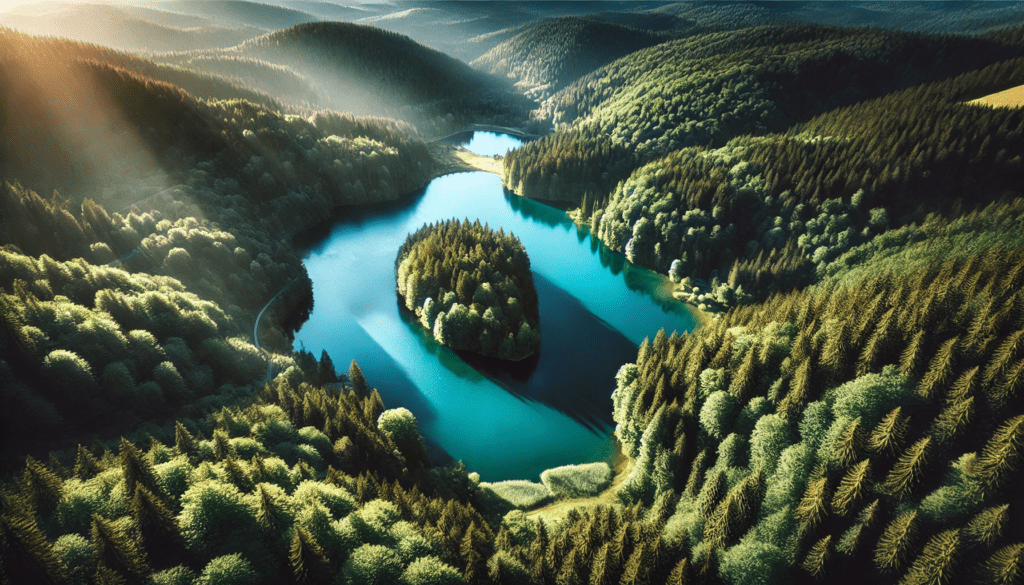
Symmetry and balance can create harmonious and pleasing compositions in lake landscape photography. Look for naturally occurring symmetrical scenes, or create balance by carefully positioning elements within the frame. Symmetrical compositions can be particularly effective in lake landscape photography when capturing reflections.
Techniques for Capturing Stunning Lake Landscape Photos
Long Exposures
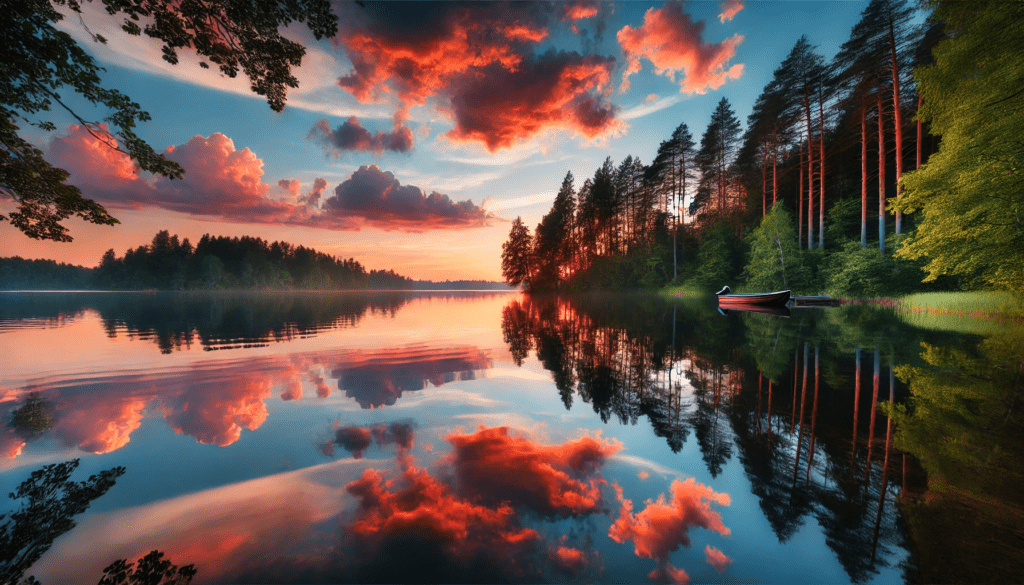
Long exposures can create a dreamy, smooth effect on the water, emphasizing the tranquility of the scene. Use a neutral density filter to achieve longer shutter speeds, and experiment with different exposure times to find the perfect balance. Long exposures in lake landscape photography can transform ordinary scenes into ethereal and captivating images.
HDR Photography
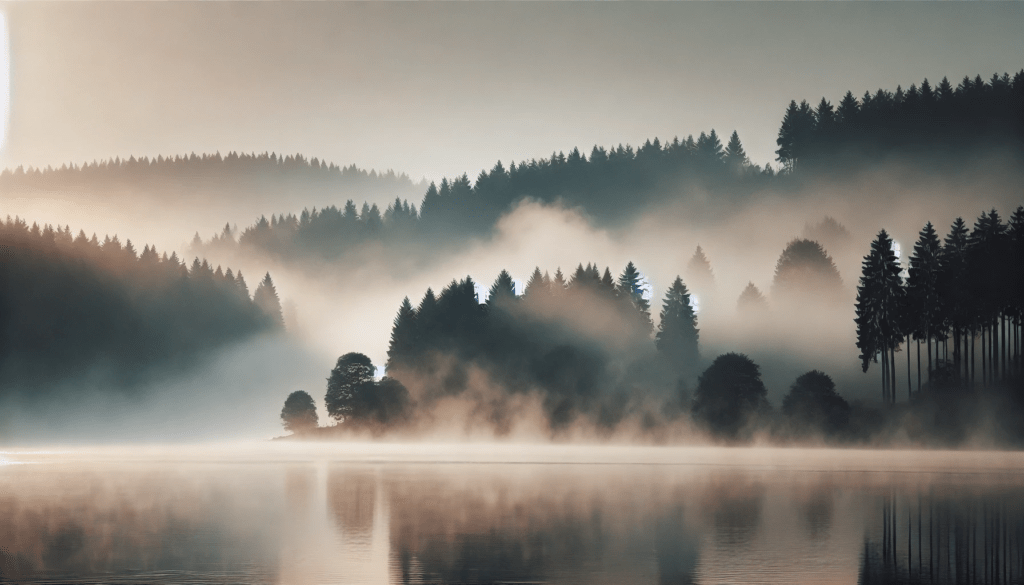
High Dynamic Range (HDR) photography involves taking multiple exposures of the same scene and blending them to capture a wider range of tones and details. This can be particularly useful in lake landscape photography, where the contrast between the sky and the water can be challenging to balance. HDR techniques can help you achieve well-exposed and detailed lake landscape photos.
Panorama Shots
Panorama shots can capture the expansive beauty of lake landscapes. Use a tripod and overlap your shots by about 30% to ensure a seamless stitch. Many cameras and editing software have built-in panorama modes to make this process easier. Panoramas in lake landscape photography allow you to showcase the vastness and grandeur of the scene.
Black and White Photography
Converting your lake landscape photos to black and white can emphasize shapes, textures, and contrasts. This technique can create a timeless and artistic feel, highlighting the essence of the landscape. Black and white lake landscape photography can evoke emotions and bring out the character of the scene.
Focus Stacking
Focus stacking involves taking multiple shots at different focus distances and blending them to achieve a greater depth of field. This technique is useful in lake landscape photography when you want both the foreground and background to be in sharp focus. Focus stacking can enhance the clarity and detail in your lake landscape photos.
Using Drones
Drones can provide unique perspectives in lake landscape photography. Aerial shots can reveal patterns, shapes, and features that are not visible from the ground. When using drones, ensure you follow local regulations and guidelines. Drone photography in lake landscape photography offers a fresh and exciting viewpoint.
Post-Processing Tips for Lake Landscape Photography
Adjusting Exposure and Contrast
Fine-tuning the exposure and contrast can enhance the overall look of your lake landscape photos. Use editing software like Adobe Lightroom or Photoshop to adjust the brightness, shadows, and highlights. Proper exposure and contrast adjustments can bring out the best in your lake landscape photography.
Enhancing Colors
Boosting the vibrancy and saturation of colors can make your lake landscape photos pop. Be careful not to overdo it, as overly saturated images can look unnatural. Use selective adjustments to enhance specific areas. Color enhancement in lake landscape photography can create striking and visually appealing images.
Sharpening and Noise Reduction
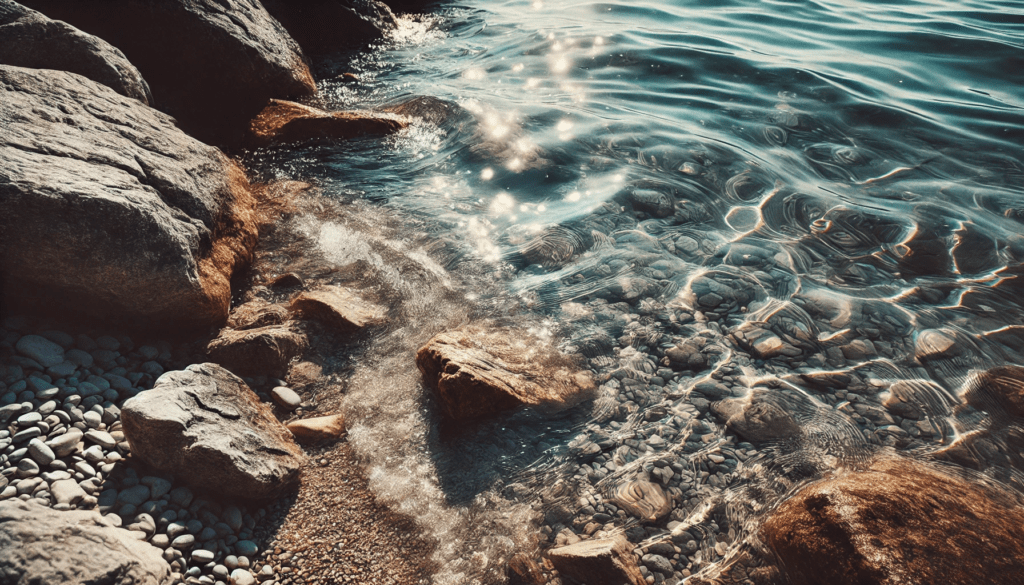
Applying sharpening and noise reduction can improve the clarity and quality of your photos. Adjust the settings to find the right balance, ensuring that your images remain sharp without introducing unwanted artifacts. Sharpening and noise reduction are essential steps in the post-processing workflow of lake landscape photography.
Cropping and Straightening
Cropping and straightening your photos can improve composition and eliminate distracting elements. Ensure that the horizon line is level, and use cropping to focus on the most important parts of the scene. Cropping and straightening are simple yet effective techniques to enhance the composition of lake landscape photography.
Creating Mood with Toning
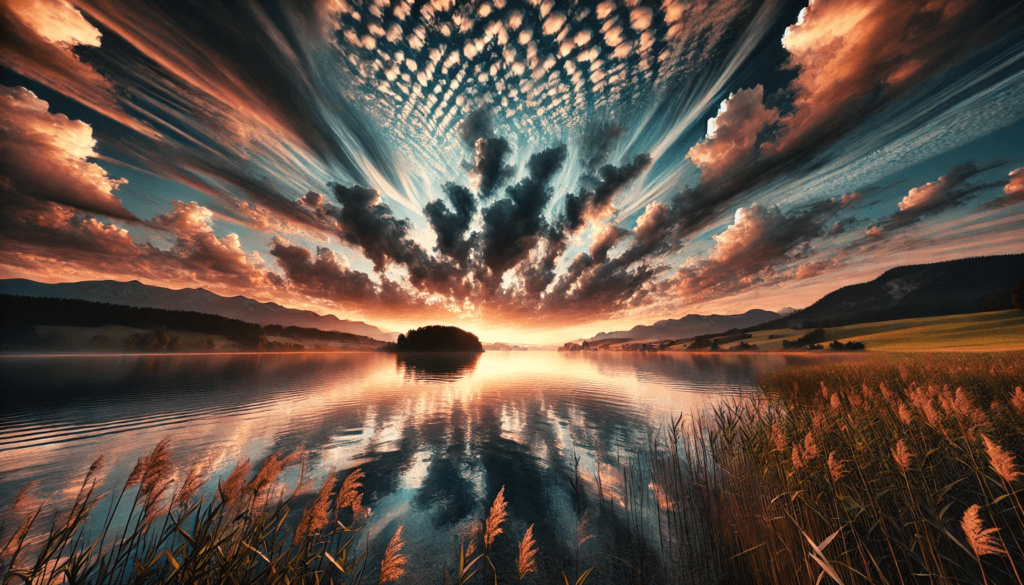
Adding toning effects such as split toning or color grading can create a specific mood or atmosphere in your lake landscape photos. Experiment with different tones to convey the desired feeling. Toning techniques in lake landscape photography can add a creative and artistic touch to your images.
Using Presets and Filters
Using presets and filters can streamline your editing process and achieve consistent looks in your lake landscape photos. Many photographers create their own presets to match their style. Presets and filters can save time and enhance the overall aesthetic of lake landscape photography.
Retouching and Removing Distractions
Retouching and removing distractions from your lake landscape photos can enhance the overall composition and focus on the main subject. Use tools like the clone stamp or healing brush to eliminate unwanted elements. Clean and distraction-free images are crucial for impactful lake landscape photography.
Creating Depth and Dimension
Creating depth and dimension in your lake landscape photos can make them more engaging and realistic. Use techniques like dodging and burning to highlight and shadow areas, giving a three-dimensional effect. Depth and dimension add a lifelike quality to lake landscape photography.
Utilizing Blending Modes
Utilizing blending modes in your editing software can create unique effects and enhance your lake landscape photos. Experiment with different modes to see how they affect the colors and tones. Blending modes can add creativity and uniqueness to your lake landscape photography.
Exporting for Web and Print
Exporting your lake landscape photos correctly for web and print ensures that they look their best in different formats. Adjust the resolution, color profile, and file format based on the intended use. Proper exporting settings are essential for displaying your lake landscape photography at its highest quality.
FAQs
What is the best time of year for lake landscape photography?
The best time of year for lake landscape photography depends on the location and the type of scenes you want to capture. Spring and autumn often provide beautiful colors and comfortable weather, with blooming flowers and vibrant foliage enhancing the landscape. Summer can also be a great time, offering long days and warm light. Winter, on the other hand, can offer unique opportunities with snow and ice, creating a stark and serene atmosphere. Frozen lakes and snow-covered landscapes provide a different kind of beauty and challenge, making winter an exciting season for lake landscape photography. Each season brings its charm, so it’s important to decide what kind of mood and scenery you want to capture.
How can I avoid reflections in my lake landscape photos?
To avoid unwanted reflections, use a polarizing filter on your lens. This can help reduce glare and reflections on the water surface, allowing you to capture more vibrant and clear images. Adjusting your shooting angle can also minimize reflections. For instance, shooting from a lower angle can reduce the amount of sky reflected on the water. Additionally, overcast days can naturally reduce reflections due to diffused light. Experimenting with different angles and lighting conditions will help you find the best way to manage reflections in your lake landscape photography.
What settings should I use for lake landscape photography?
For lake landscape photography, use a low ISO setting to minimize noise, ensuring your images are clean and detailed. A small aperture (e.g., f/8 to f/16) is recommended for a wide depth of field, keeping both the foreground and background in sharp focus. Shutter speed should be adjusted based on the lighting conditions; faster speeds for bright conditions and slower speeds for low light. Using a tripod can help stabilize the camera during longer exposures. Don’t forget to shoot in RAW format to retain maximum detail and flexibility during post-processing. Experimenting with different settings can help you achieve the desired effect and improve your lake landscape photography skills.
How can I make my lake landscape photos stand out?
To make your lake landscape photos stand out, focus on composition, lighting, and timing. Look for unique perspectives, such as shooting from a high vantage point or getting close to the water’s edge for a low-angle shot. Use leading lines like shorelines or reflections to guide the viewer’s eye into the scene. Capturing the scene during the golden hour, when the light is soft and warm, can enhance the beauty of your photos. Additionally, incorporating elements like foreground interest, reflections, and dramatic skies can add depth and interest to your images. Post-processing can also enhance your photos by adjusting exposure, contrast, and color balance to make them more visually appealing.
Is a drone necessary for lake landscape photography?
A drone is not necessary for lake landscape photography, but it can provide unique perspectives and add variety to your shots. Drones allow you to capture aerial views, revealing patterns, shapes, and features that are not visible from the ground. This can add a new dimension to your lake landscape photography, making your images more dynamic and interesting. However, if you decide to use a drone, make sure to follow local regulations and guidelines, including no-fly zones and altitude restrictions. Always prioritize safety and respect for nature and wildlife when flying a drone.
Can I use my smartphone for lake landscape photography?
Yes, you can use your smartphone for lake landscape photography. Modern smartphones have advanced camera capabilities that can produce high-quality images. Use a tripod to stabilize your phone, especially in low light conditions or when taking long exposures. Enable HDR mode to capture a wider range of tones and details. Consider using external lenses, such as wide-angle or telephoto lenses, to expand your creative possibilities. With the right techniques and accessories, you can achieve impressive lake landscape photography with your smartphone.
What software should I use for editing lake landscape photos?
Popular software for editing lake landscape photos includes Adobe Lightroom, Adobe Photoshop, and Capture One. These programs offer a range of tools and features to enhance your images. Lightroom is excellent for global adjustments like exposure, contrast, and color correction, while Photoshop allows for more detailed edits, such as removing unwanted elements and advanced retouching. Capture One is known for its superior color grading capabilities. Choose the software that best fits your needs and workflow. Experimenting with different software can help you find the one that enhances your lake landscape photography the best.
How do I capture reflections in lake landscape photography?
To capture reflections, look for calm water surfaces and position your camera at a low angle to the water. Use a polarizing filter to control reflections and enhance colors. Experiment with different compositions to make the most of the reflections. Capturing reflections can add symmetry and interest to your photos, making them more visually appealing. Try shooting during the golden hour or at dawn when the light is softer and the water is more likely to be calm. Reflections can be a powerful element in lake landscape photography, creating a mirror-like effect that doubles the beauty of the scene.
What is the golden hour in lake landscape photography?
The golden hour refers to the period shortly after sunrise and before sunset when the sunlight is soft, warm, and diffused. This time is ideal for lake landscape photography as it provides flattering light that enhances the scene’s beauty. The long shadows and warm tones can add depth and dimension to your photos. Shooting during the golden hour can transform an ordinary scene into something magical, making it a favorite time for photographers. Planning your shoots around the golden hour can significantly improve the quality of your lake landscape photography.
How important is weather in lake landscape photography?
Weather plays a crucial role in lake landscape photography. Different weather conditions can create various moods and atmospheres. Clear skies offer serene and calm scenes, while cloudy or stormy weather can add drama and intensity to your photos. Overcast days provide soft, even lighting that can be ideal for capturing details and colors. Fog and mist can create a mysterious and ethereal atmosphere. Monitoring the weather forecast and being flexible with your plans can help you make the most of different weather conditions in your lake landscape photography. Weather can significantly impact the mood and feel of your photos, so embracing various conditions can add diversity and interest to your portfolio.
Conclusion
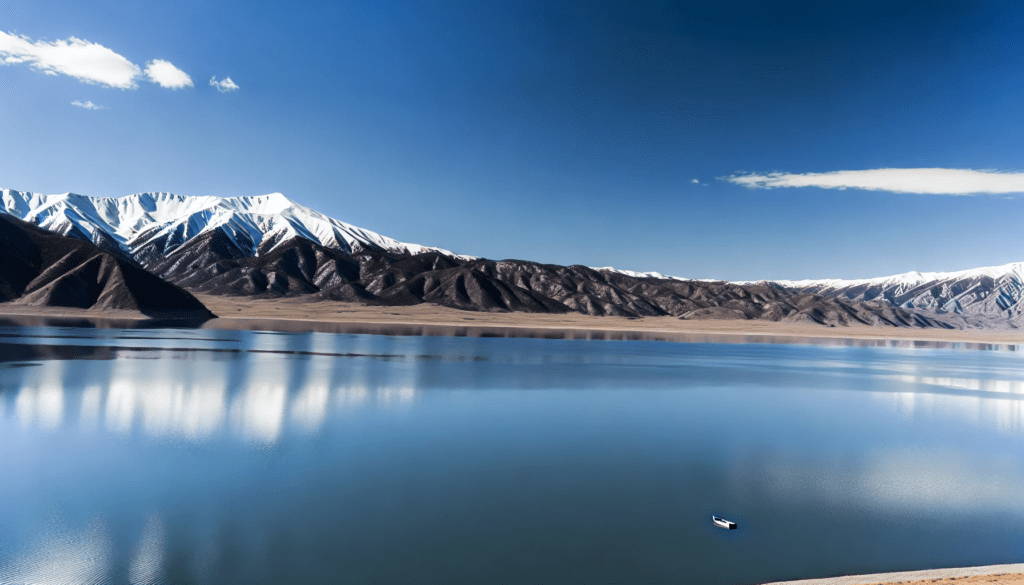
Lake landscape photography is a rewarding and creative pursuit that allows you to capture the serene beauty of lakes. By following the tips and techniques outlined in this guide, you can improve your skills and create stunning images that showcase the natural wonder of lake landscapes.
For more inspiration, check out our articles on Fujifilm X100V Landscape Photography and Florida Landscape Photography.
Additionally, websites like National Geographic and Outdoor Photographer offer valuable resources and inspiration for landscape photographers.
